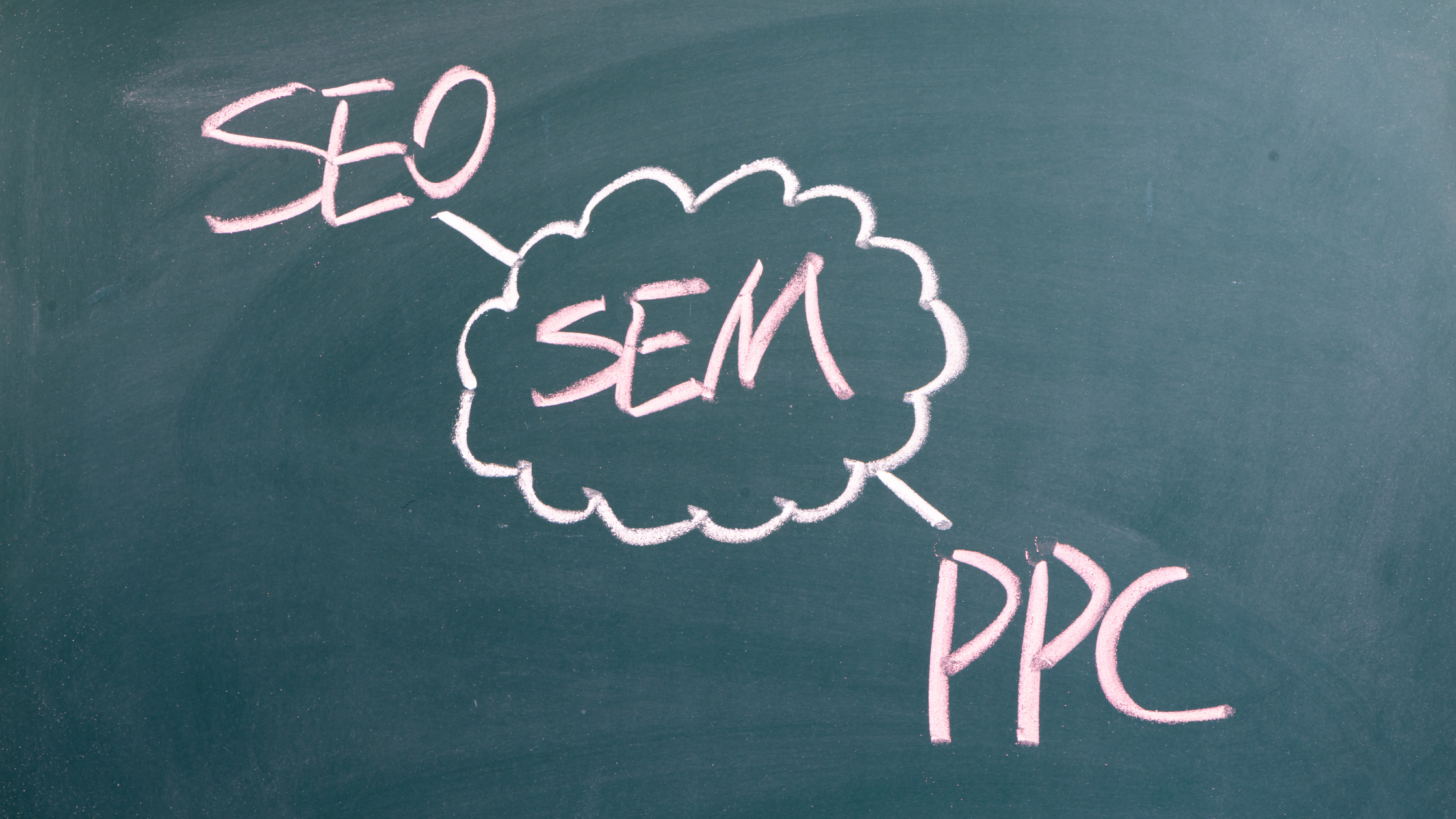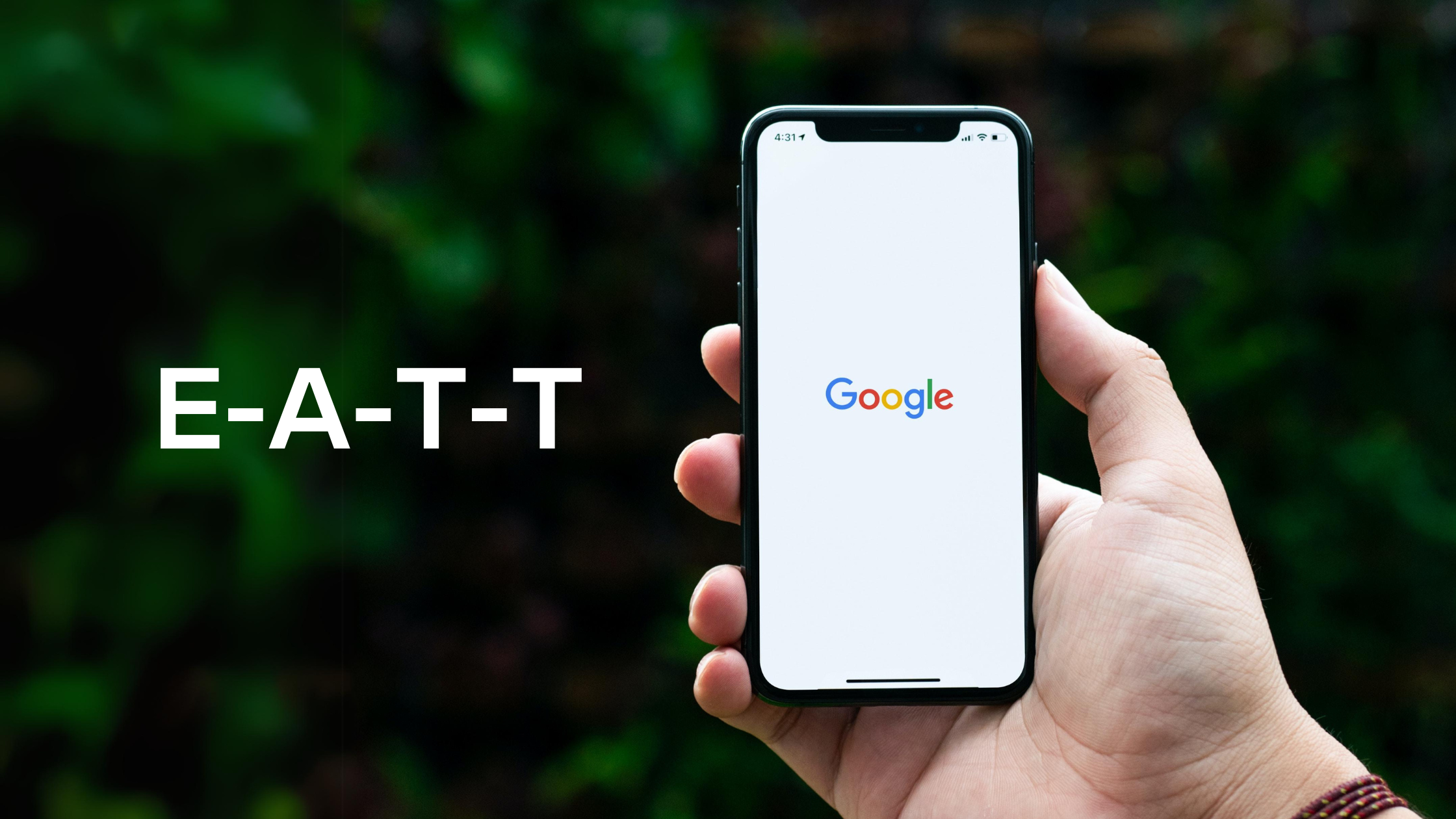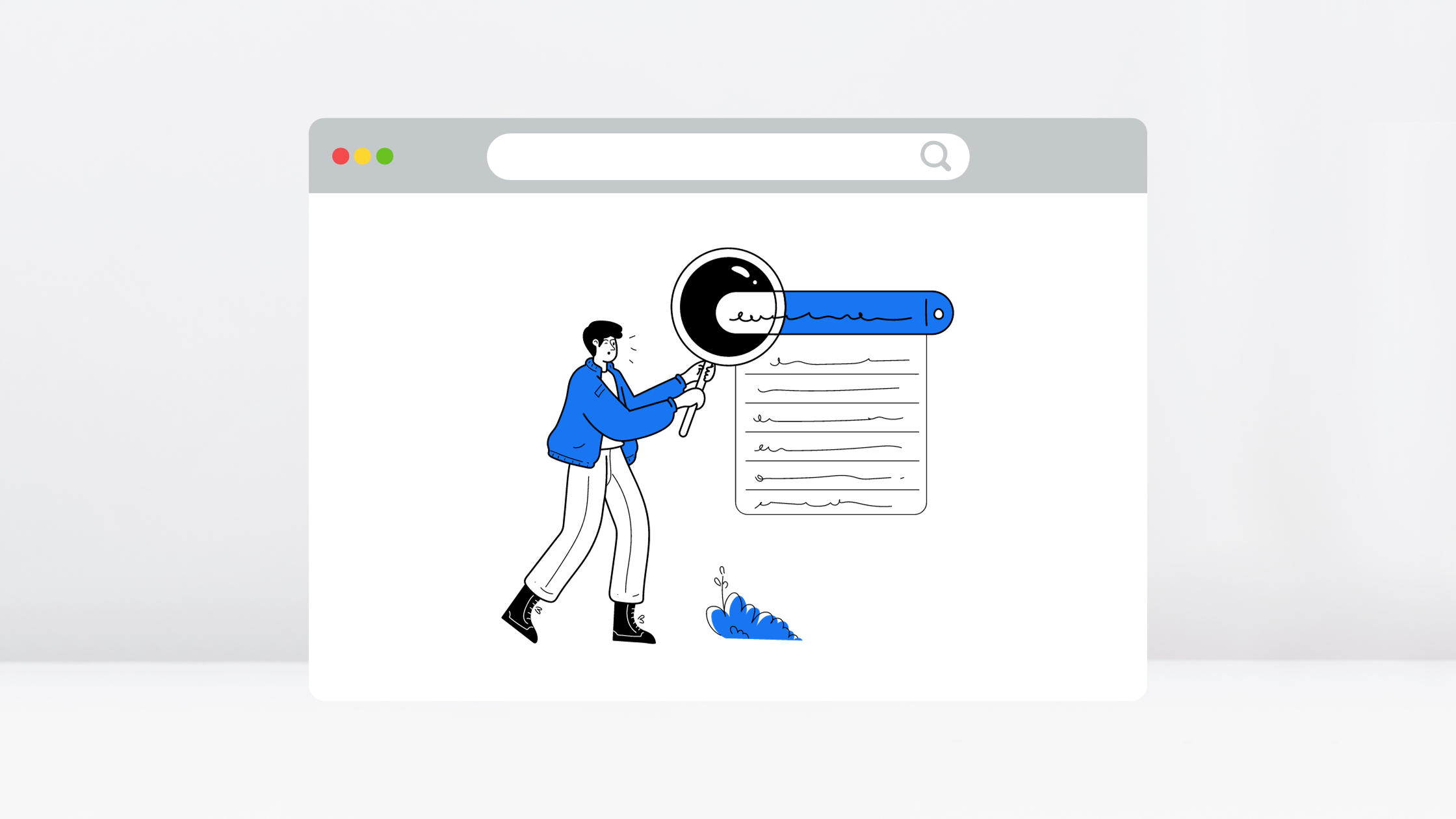5 Ways to Maximize a Tight Budget in AdWords
Use free advertising resources and account monitoring strategies to get the most out of your PPC ad spend.
After years in the marketing business, it’s hard not to learn a crucial lesson in spite of economic downturns and recoveries: Don’t stop promoting your business. Ever. Even when resources are low.

Many small business owners are hesitant to adopt pay-per-click advertising because it feels like an expensive channel. And in some ways it is expensive. Thankfully, not all accounts have to spend thousands a month to profit. Regardless of your account size, there are steps you can take to make the most of your advertising spend, whether it’s tens, hundreds, or thousands of dollars per month. If you have a limited budget, here are a few ways to make the most of PPC:
#1. Know Where Your Spend Comes From
You probably researched target keywords when you started your PPC campaign, but that doesn’t mean letting it sit idle will be successful. If you’re not monitoring, even a relevant ad group with a high CPC could whittle away your budget and keep you from meeting expectations.

How can you identify the source of the problem? Start by looking at the search query tab in your campaign management software. This shows which queries are eliciting specific keywords and can be particularly useful at revealing when your ads are surfacing in irrelevant searches.
If irrelevant searches are wasting away your ad budget, adding negative keywords are highly effective in helping reduce the number of uninterested customers who are exposed to your ads.
#2. Geotargeting
Of course, restructuring keyword settings isn’t the only way you can fine-tune your PPC campaign, and failure to set the right account settings can prevent you from effectively using your limited budget—even when you have the right keywords in place.
While it’s not helpful for every business to limit its ad reach geographically, there’s no denying that many businesses can benefit from tighter geotargeting. In both Google AdWords and Bing Ads, you can get specific with geographic targeting in your campaigns. You can also use something called “bid modifiers” to emphasize or deemphasize your ads in different areas.

For example, if you’re located in Dallas, Texas and have customers throughout the state, you’ve maybe noticed over time that customers are more profitable from Houston but less so in San Antonio. With bid modifiers, you can adjust your campaigns to bid more aggressively on searchers in Houston and less aggressively on those in San Antonio. This will help you be more visible in areas of higher profitability and less visible (without losing all coverage) in areas with lower profitability.
#3. Device Bidding
Are mobile consumers generally not converting from your website? Or is mobile revenue surpassing your desktop profitability? The better you understand which consumers are most interested and most likely to convert, the better you can adjust your budget using device bidding.

With device bidding, you can either increase or decrease your bids depending on whether a search was entered via tablet, smartphone, or computer. By lowering your bids on certain devices, you can avoid wasting money on users that are less likely to convert when they visit your site.
#4. Ad Scheduling
An effective way to limit your spend is a strategy called “dayparting”: running ads only during certain times of the day. How you determine those hours, however, is up to you. For example, some businesses do better running ads only during open hours.
For example, if you generate most of your business through phone calls, running ads eliciting calls would be ineffective if nobody’s there. In other instances, your best bet might be running ads only during the evening hours. If the majority of your leads arrive during the morning, you could yield higher conversion rates by allocating more of your budget to that time of day, while lowering your bids (or turning off your ads entirely) during times of day when your ads yield a lower conversion or lead generation rate.
#5. Ad Extensions
Ad extensions are one of the most effective ways to improve clickthrough rates and conversions—and best of all, they’re free. Extensions available through AdWords and Bing allow you to add subpage links (with extra calls to action) to your ads, a “call now” button, or even a location/map display.

By providing audiences with practical information through these extensions as a persuasive marketing tool, you can lower your cost per acquisition and help your budget go that much farther.
Get More for Less
By implementing these techniques into your PPC campaigns, you’ll be placing your ads in front of the right audience and better managing your marketing budget in order to yield a greater return on investment.
This doesn’t mean that your daily PPC budget won’t run dry —in fact, if you’re doing things right, this will likely be a guarantee. The key difference, however, is that clicks from converting consumers are the source of your depleted budget. To learn how you can get more results with a limited budget contact RLC Media here.
/http://www.rlcmedia.com





